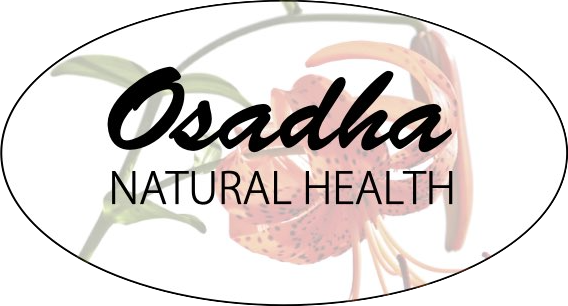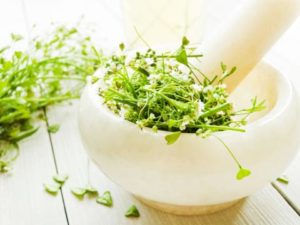Shepard’s Purse (Capsella bursa-pastoris), is a common weed in the Mustard family. It is not native to North America, but was introduced by Europeans and has since naturalized to all states in the US and provinces in Canada. Shepherd’s Purse is common along trails, sidewalks and roads; in disturbed areas; in lawns and as a volunteer in gardens.
The name Shepard’s Purse (bursa-pastoris) reflects the fact that the seed pods resemble the traditional pouch carried by medieval shepherds in Europe. The pods also look like upside down hearts, which makes it an easy to identify plant when it’s in seed.
Given that Shepherd’s Purse has established itself over the entire continent, it’s perhaps not surprising that it’s easy to grow if you can’t find a good source around you. All you need are some seeds and any fair-to-middling soil. Shepherd’s Purse loves disturbed soils…just scratch the dirt, toss in some (brown) seeds and cover, water and you’re good to go. It’s happy with full sun. It’s happy with part shade. It’s just dandy in damp or dry soils. It’s a fast-growing plant, so you’ll get multiple rounds of your Shepherd’s Purse crop each season.
Shepherd’s Purse has been used as food and medicine for this across multiple cultures and traditions, from Western Herbalism to Traditional Chinese Medicine, Ayurveda and Tibetan medicine.
Some uses of this common weed:
Food – The young greens are tasty. If you’re familiar with plants in the Mustard (Brassica) family, you’ll recognize the spicy flavor. The seeds and the root are also edible and spicy. Just make sure you’re harvesting the plant from a clean location.
- Blood building – The leaves are high in vitamin C, iron.
- Good calcium source.
- Use the leaves fresh in salads or dry them to use later in soups and stews.
- Use the seeds to make Shepherd’s Purse mustard…the flavor is similar to actual mustard seeds.
Reproductive Health – Much of the medicinal benefit of Shepard’s Purse comes from its ability to staunch excess secretions, including bleeding.
- Heavy menses, including perimenopause-associated flooding. For this, it combines well with Yarrow.
- Menses that go on for a long time, especially with dark colored blood.
- Post-partum bleeding – A traditional use by midwives that is confirmed by research as well
- Spotting – Though, it’s good to find out the reason for the spotting if possible, rather than just working with the symptom.
- Fibroids
Urinary Health – Some of the most common uses for Shepherd’s Purse are related to the urinary tract.
- UTI – It has some anti-bacterial activity, and also reduces associated bleeding and excess mucus secretion that sometimes accompany cystitis
- UTI prevention – Tones the lining of the urinary tract, making infection harder to establish
- Gout – Helps the body eliminate uric acid via the kidneys. Though gout is technically a “rheumatic” condition, it’s the urinary system that eliminates the problem
- Difficult urination, when the bladder doesn’t completely empty
- Gravelly urine
Digestive Health – It supports your digestive tract while you eat it!
•Chronic loose stools, diarrhea
•Vomiting
•Stomach discomfort
•Bleeding ulcers – Any bleeding in digestive tract should be checked out, as it may indicate serious issues such as Inflammatory Bowel Disease or cancer.
•Hemorrhoids – As a sitz bath
•Worms
Cautions
•Avoid during pregnancy (may stimulate uterine contractions) and breastfeeding.
•Absorbs heavy metals. Be sure where you’re not harvesting it from contaminated soils (especially in places like here in Colorado, where there is a lot of mine runoff).
•Not for children under 2 years old.
•Caution with low blood pressure or slow pulse
If gathering one’s own Shepherd’s Purse to use as medicine, get it while the seeds are still green. Use fresh or freshly dried for tea, make a fresh plant tincture (make a new one each year), or juice and freeze. The dried herb loses activity after just several months. If purchasing, get it as a fresh plant extract.
Additional Reading
Wood, M (2008) The Earthwise Herbal: A complete guide to old world medicinal plants. North Atlantic Books, Berkeley, CA.
~~~
Content © Dr. Anna Marija Helt, Osadha Natural Health, LLC. Permission to republish any of the articles or videos in full or in part online or in print must be granted by the author in writing.
The articles and videos on this website for educational purposes only & have not been evaluated by the Food and Drug Administration. This information is not intended to diagnose, treat, cure, or prevent any disease or to substitute for advice from a licensed healthcare provider.

